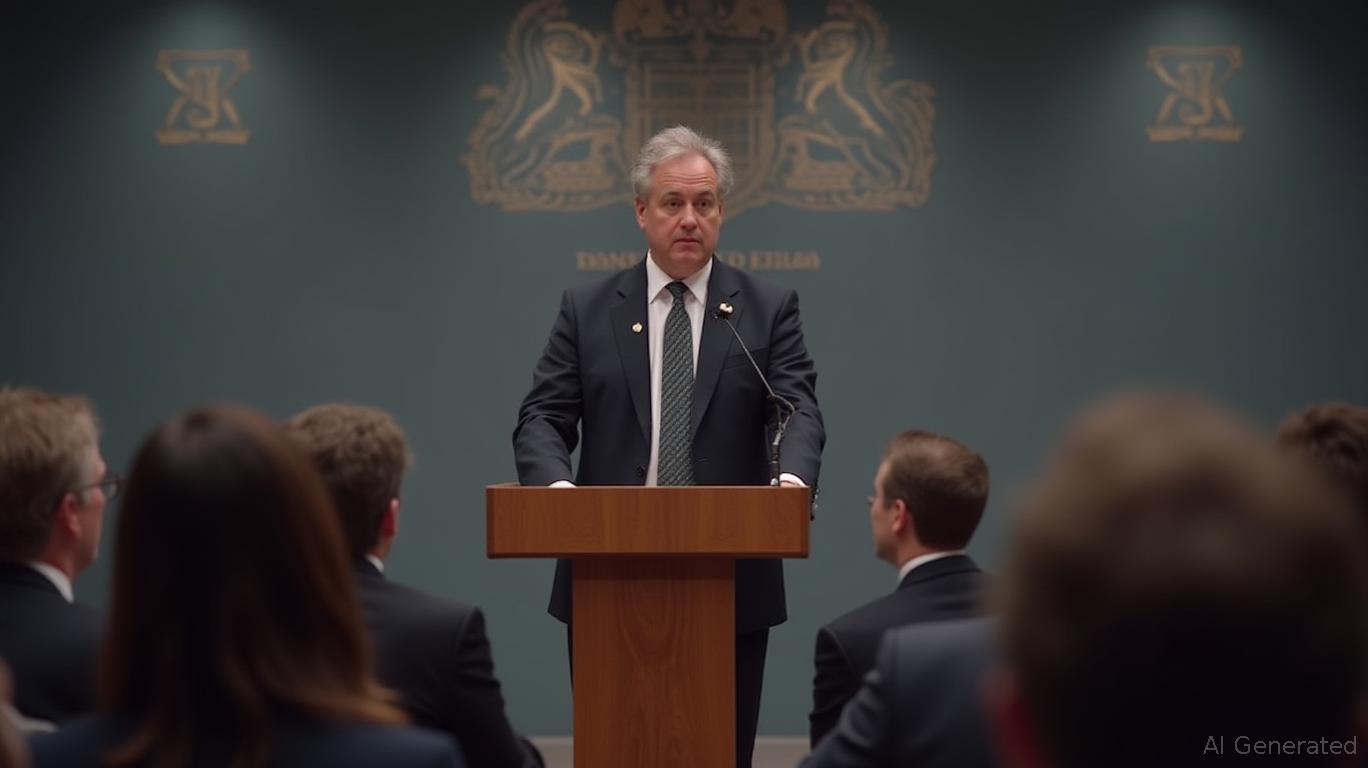The Bank of England has issued a stern warning to the world’s largest banks, advising them against the issuance of their own stablecoins. Governor Andrew Bailey expressed significant concerns over the potential risks that private stablecoins pose to the financial system. He highlighted that stablecoins could threaten to siphon money out of the traditional banking system, thereby reducing the funds available for lending. This warning comes as authorities have also cautioned that stablecoins may be prone to collapse, which could force the fire-sale of underlying assets and facilitate illicit activities.
Bailey’s concerns are not limited to the immediate financial risks. He also pointed out that stablecoins could pose threats to monetary policy and financial stability, which are core concerns for any central bank governor. The Bank for International Settlements (BIS) report specifically identified these risks, underscoring the need for vigilance. Bailey’s warning suggests a future focus on deposit tokenization, indicating a shift in the regulatory approach to digital currencies.
The governor’s remarks indicate a broader concern within the financial regulatory community about the systemic risks associated with private stablecoins. By issuing their own stablecoins, major banks could inadvertently create new vulnerabilities in the financial system. These vulnerabilities could manifest in various ways, including reduced liquidity, increased volatility, and potential disruptions to the broader financial ecosystem.
Bailey’s stance on stablecoins is part of a broader regulatory push to ensure that digital currencies do not undermine the stability of the financial system. His warnings serve as a reminder to financial institutions that while innovation is encouraged, it must be balanced with prudence and a thorough understanding of the potential risks involved. The Bank of England’s position underscores the need for a cautious approach to the integration of stablecoins into the financial landscape, ensuring that any new developments are carefully monitored and regulated to prevent systemic risks.
Andrew Bailey, who also serves as Chairman of the Financial Stability Board, emphasized the importance of regulatory oversight in the issuance of stablecoins. He suggested exploring tokenized deposits for safer digital currency alternatives rather than relying on stablecoins. Bailey stated, “I would much rather [banks] go down the tokenised deposit streets and say, how do we digitise our money, particularly in payments,” emphasizing his preference for tokenizing deposits over stablecoins or CBDCs.
The immediate reaction in the cryptocurrency markets largely concerns stablecoins like USDT and USDC. Such warnings typically signal regulatory bodies’ growing caution, possibly affecting overall confidence in these digital assets. Bailey’s warning may have financial implications, especially for stablecoin issuers. The Bank of England’s stance aligns with a broader emphasis on regulating cryptocurrencies to prevent systemic risks and ensure financial stability.
Historically, similar regulatory warnings have urged adjustments in the cryptocurrency markets. The emphasis on regulating stablecoins can influence issuers to reconsider financial strategies and compliance protocols. As digital currency markets evolve, regulatory bodies play a crucial role in shaping their landscape. Andrew Bailey’s stance could drive innovative shifts towards digital money systems, possibly influencing future technological developments in the cryptocurrency space. Historical precedents suggest a likely pivot to safeguard financial systems.

